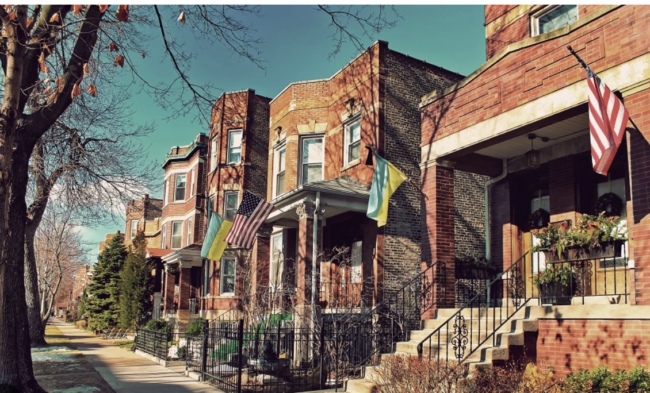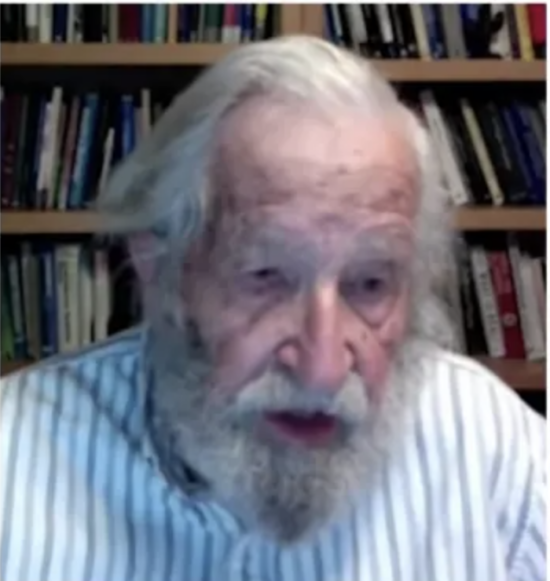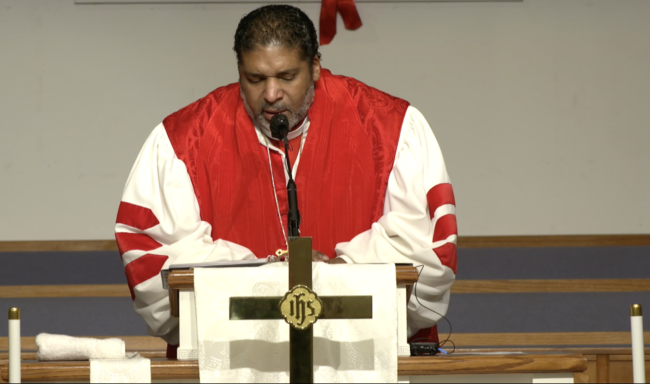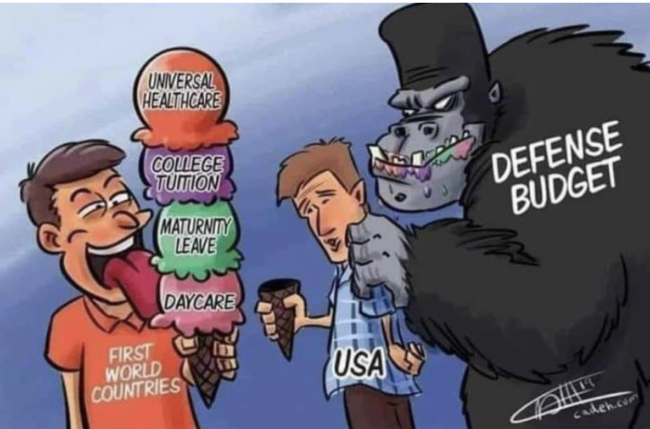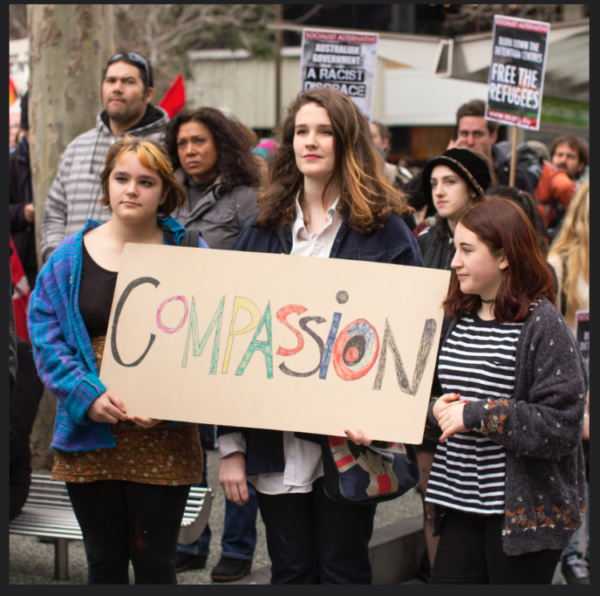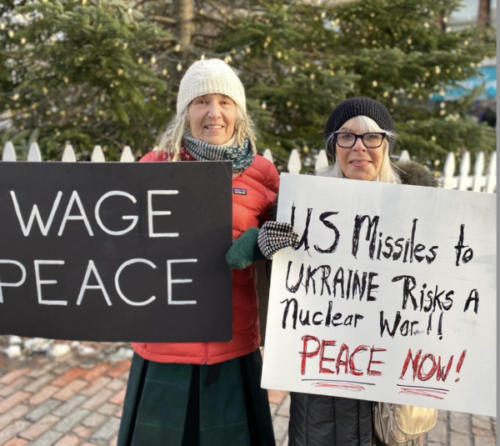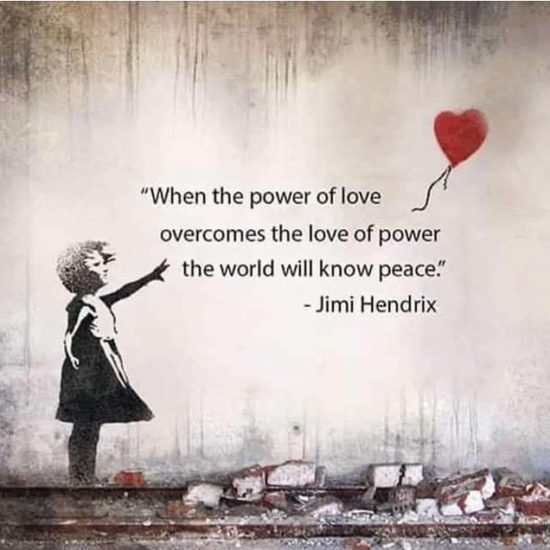One of the biggest news stories of 2022 was the Ukraine-Russian war. On a daily basis, the American public was flooded with heart-breaking stories of how Ukraine’s citizens were suffering. Americans fell in line. Blue and yellow flags streamed from front porches, shops, restaurants, churches, and synagogues. Every single Congressperson voted for a record $100 billion in weapons for Ukraine.
Defeating Putin became our national mantra with little consideration to the escalating threat of a nuclear war as armaments, like Patriot missiles, once considered off limits, are on the new list earmarked for Zelensky.
We’ve been warned by respected scholars, like Noam Chomsky and retired military brass that we’re playing a dangerous game, yet their warnings remain ignored. Virtually the only ones paying attention to the high stakes in our war with Ukraine are what’s left of the peace movement and some in the faith community. Is it too little too late?
Will Americans wake up in 2023 to the ever-looming possibility of World War lll? Can peace workers penetrate the public consciousness while there’s still time to avert a nuclear catastrophe?
On Christmas Eve Rev. William Barber delivered a riveting sermon that was broadcast over the internet. Barber’s huge stature conjured up images of a large, benevolent angel, as he passionately urged a Christmas Eve ceasefire in the Ukraine, modeled after the 1918 Christmas ceasefire of World War I, when British and German soldiers put down their guns to sing holiday songs and exchange gifts. It was a remarkable testament to the triumph of the heart.
While it’s too late for a Christmas Eve truce, it’s not too late for a ceasefire that could lead to the peace table. Can our anemic peace movement be revitalized and grow? Those who came of age during the Vietnam War remember the effectiveness of an antiwar movement.
There’s plenty of evidence to suggest Americans care deeply for one another when plunged into a personal crisis, like the one many snowbound individuals and families faced over the holiday weekend, as crippling snowstorms and record cold trapped families in their cars or in their unheated homes.
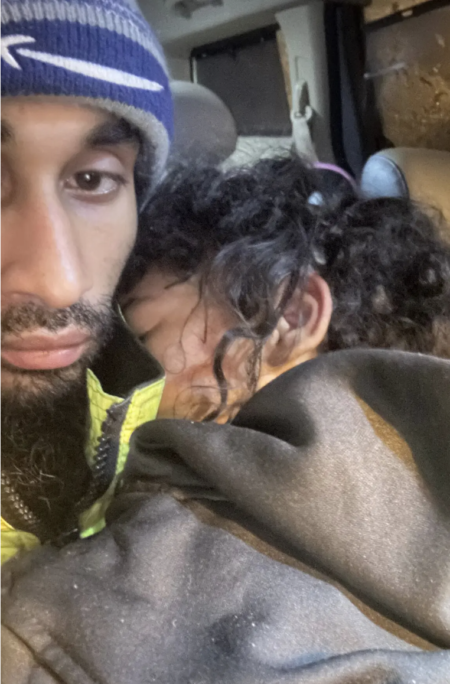
Zila Santiago and his four young children were trapped in their car for 11 hours in a snowbank in Buffalo before being rescued by a passing snowplow
Snowplow drivers worked overtime to rescue individuals trapped in their homes and cars. A Buffalo restaurant owner opened his doors to stranded individuals, where for two nights the dining room was converted into sleep quarters. Health care workers clocked 48-hour shifts caring for the injured and phoning in support, like guiding a pregnant woman through her labor.
If our hearts can lead during local emergencies, why can’t we apply the same compassion towards world peace?
Can the American public make peace a priority and protest our unprecedented military budget, which is higher than the next nine countries, including China and Russia, combined? Can we take to the streets to demand our national budget prioritize food and housing assistance and health care? 300,000 Americans died from Covid because they couldn’t afford the health care that might have saved their lives.
Can we transfer our compassion for those suffering in Ukraine to our swelling homeless encampments, and to individuals who can’t afford life-saving drugs, or to the 11,000 American children living in poverty?
If we prioritize compassion over war, we could make love the centerpiece this holiday season, building momentum for 2023.
The peace movement is regaining its steam. Peace actions in cities across the country are being organized for Martin Luther King Day on January 15th with more demonstrations scheduled for this Spring. In a growing number of communities, peace workers are standing one day a week for peace. If there’s a group where you live, and you’re moved to show up for world peace, consider joining them.
To quote the tireless peace worker, Dorothy Day:
We must lay one brick at a time, take one step at a time. A pebble cast into a pond causes ripples that spread in all directions. Each one of our thoughts, words and deeds is like that. No one has a right to sit down and feel hopeless. There is too much work to do.”
